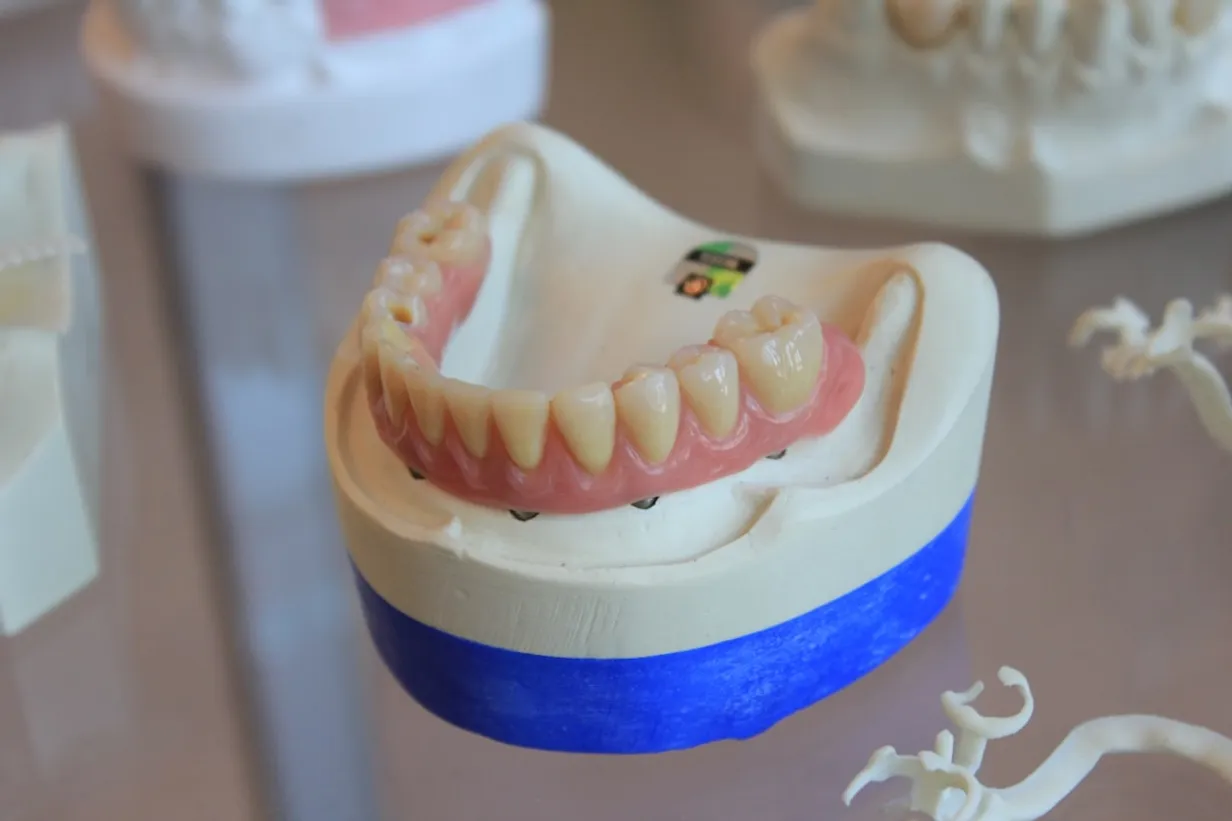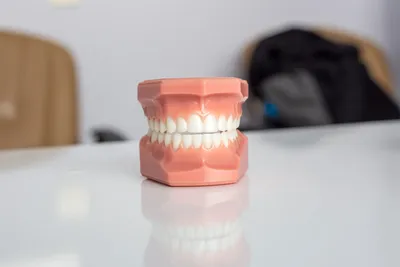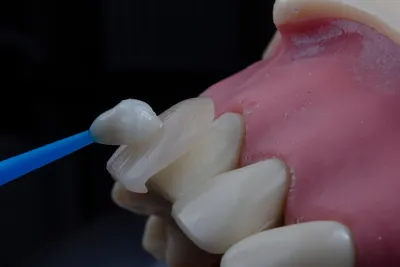
The Evolution of Dental Fillings
Dental fillings have been a staple in oral healthcare for many decades. Traditionally, materials such as amalgam and composite resin have been used to restore teeth affected by decay. While these materials have proven effective, ongoing research and technological advancements are pushing the boundaries of what dental fillings can achieve.
Introduction to Modern Filling Materials
Smart Materials
The introduction of smart materials is a revolutionary step in dental restorations. These materials can respond to changes in the oral environment. For example, they can release fluoride when the pH of the mouth drops, which helps in preventing further decay. This dynamic interaction between the material and the oral environment aids in extending the life of the filling and maintaining oral health.
Biocompatible Substances
Another exciting development is the use of biocompatible substances. These materials are designed to mimic the natural properties of dentine and enamel, reducing the likelihood of adverse reactions and enhancing the integration with the natural tooth structure.
Minimally Invasive Techniques
Air Abrasion
Air abrasion technology allows dentists to remove decayed tissue without the need for drills. This technique uses a stream of fine particles to gently abrade the tooth decay, preserving more of the healthy tooth structure and making the process more comfortable for patients.
Laser Dentistry
Laser technology is also being utilised in the placement of dental fillings. Lasers can precisely remove decay and prepare the tooth for filling with minimal discomfort and a faster recovery time compared to traditional methods.
The Importance of Early Detection
Advancements in diagnostic tools, such as 3D imaging and AI-assisted diagnostics, enable earlier detection of cavities and other dental issues. Early detection allows for less invasive treatments, which can include the use of new filling materials and techniques that are more effective and long-lasting.
Case Studies and Real-World Applications
Several dental clinics across Australia are already integrating these innovations into their practice. For instance, the Sydney Dental Institute reported a significant reduction in patient recovery time and improvement in filling longevity due to the use of smart materials and laser technology.
The Future Outlook
The future of dental fillings looks promising, with continuous research aimed at improving patient outcomes, reducing the need for repeat procedures, and enhancing overall oral health. As these innovations become more widely adopted, patients can expect more comfortable and effective dental care experiences.
Conclusion
Innovations in dental fillings are revolutionising how dentists approach cavity treatment and tooth restoration. From smart materials to minimally invasive techniques, the future of dental fillings is geared towards improving patient care and achieving better long-term results. Stay informed and consult with your dentist about the latest fillings options available to ensure the best treatment for your dental needs.
Top Dental Health Articles
Discover our most popular dental health articles, featuring expert advice that our readers rely on.



